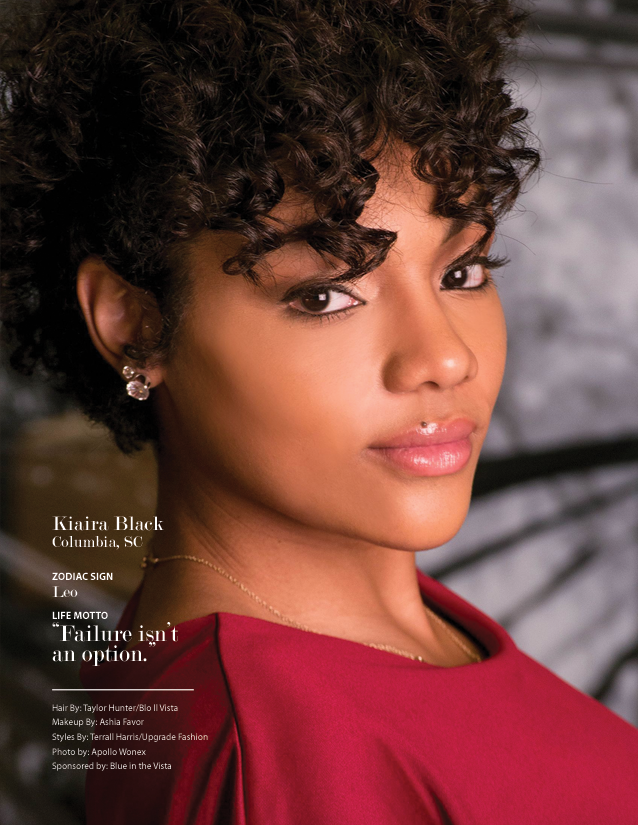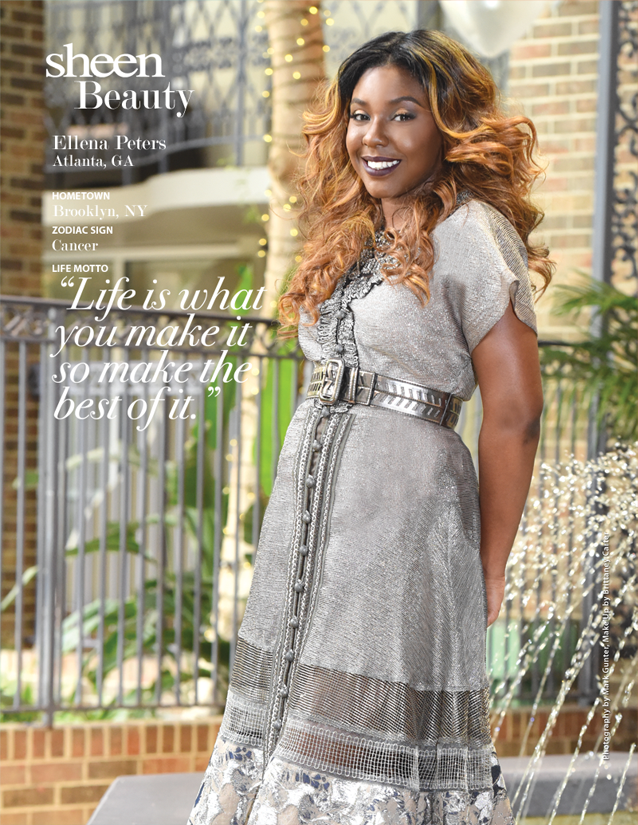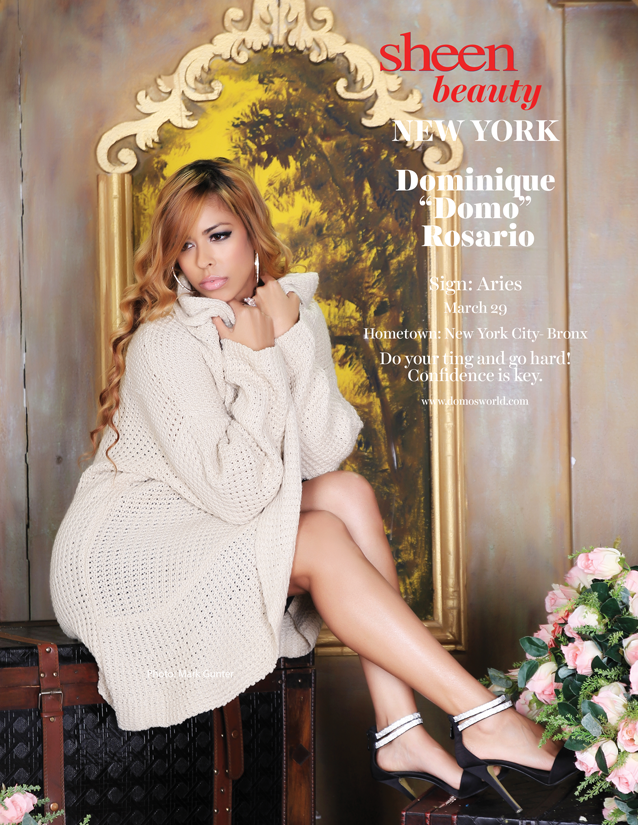Senegalese wrestling (Njom in Serer, Lutte sénégalaise) is a type of folk wrestling traditionally performed by the Serer people and now a national sport in Senegal and parts of The Gambia, and is part of a larger West African form of traditional wrestling (fr. Lutte Traditionnelle).
It takes its root from the wrestling tradition of the Serer people – formally a preparatory exercise for war among the warrior classes depending on the technique. In Serer tradition, wrestling is divided into different techniques with mbapate being one of them. It was also an initiation rite among the Serers, the word Njom derives from the Serer principle of Jom (from Serer religion), meaning heart or honour in the Serer language.The Jom principle covers a huge range of values and beliefs including economic, ecological, personal and social values. Wrestling stems from the branch of personal values of the Jom principle.
One of the oldest known and recorded wrestler in Senegambia was Boukar Djilak Faye (a Serer) who lived in the 14th century in the Kingdom of Sine. He was the ancestor of the Faye Paternal Dynasty of Sine and Saloum (both Kingdoms in present-day Senegal).The njom wrestling spectacle was usually accompanied by the kim njom – the chants made by young Serer women in order to reveal their gift of “poetry” (ciid in Serer ). The Wolof word for wrestling – Laamb, derives from the Serer language Fara-Lamb Siin (Fara of Mandinka origin whilst Lamb of Serer origin) the chief griot who used to beat the tam-tam of Sine called Lamb or Laamb in Serer.The lamb was part of the music accompaniment of wrestling in pre-colonial times as well as after Senegal’s independence. It was also part of the Njuup tradition (a conservative Serer music repertoire, the progenitor of Mbalax).
Transcending ethnic groups, the sport enjoys the status of national sport.Traditionally, young men also used to fight as a distraction, to court wives, prove their manliness, and bring honor to their villages. Usually each wrestler (called mbër) performed a bàkk before the start of the combat.In general, bàkk (which could also be spelled as baku, bakku, bakkous) is an oral art performance that is used to boast about oneself in order to instill a sense of fear or reverence in the audience or rivals.Bàkk is not only used in the context of wrestling but can also be used in political speeches or other encounters in which someone feels the need to brag about his accomplishments to receive admiration. Not only is bàkk used to brag about oneself, but it can also be used to offer respect to one’s elders.
The performance of bàkk can be in narratives, praise songs, or poems. Bàkk is used to complement the wrestler’s physical presence by adding artistic elegance and verbal cleverness. Wolof wrestlers use the bàakk to present themselves as exceptional and impressive.The oral art of the bàkk, used by the Senegalese wrestlers, has its history in griots.


















Add Comment